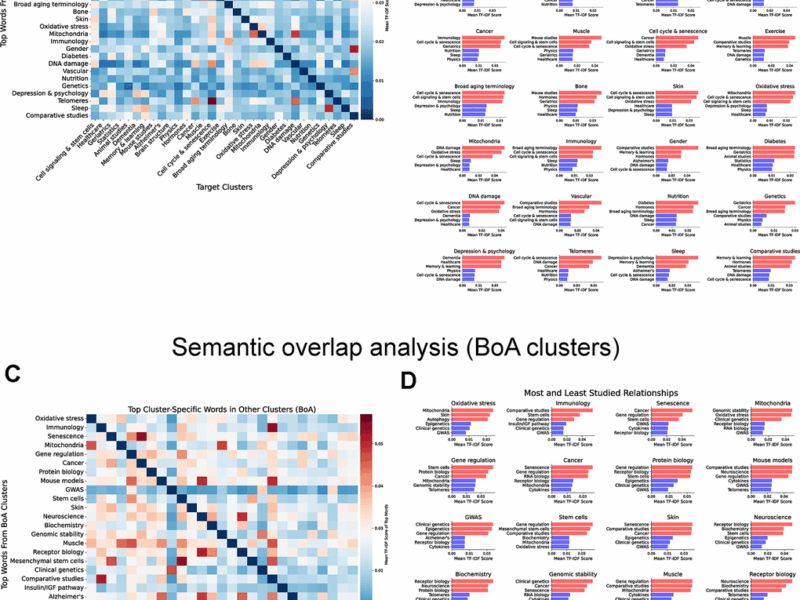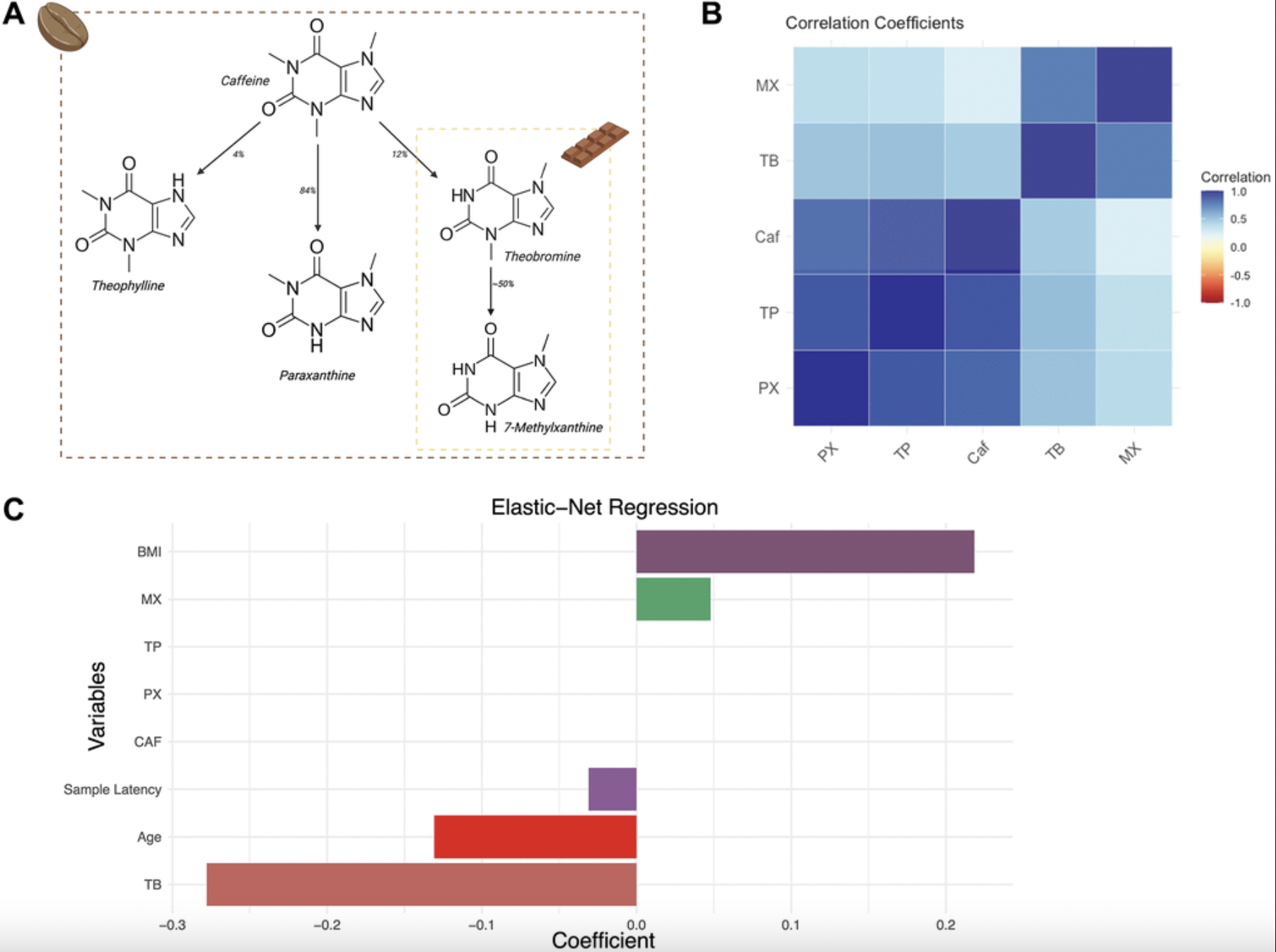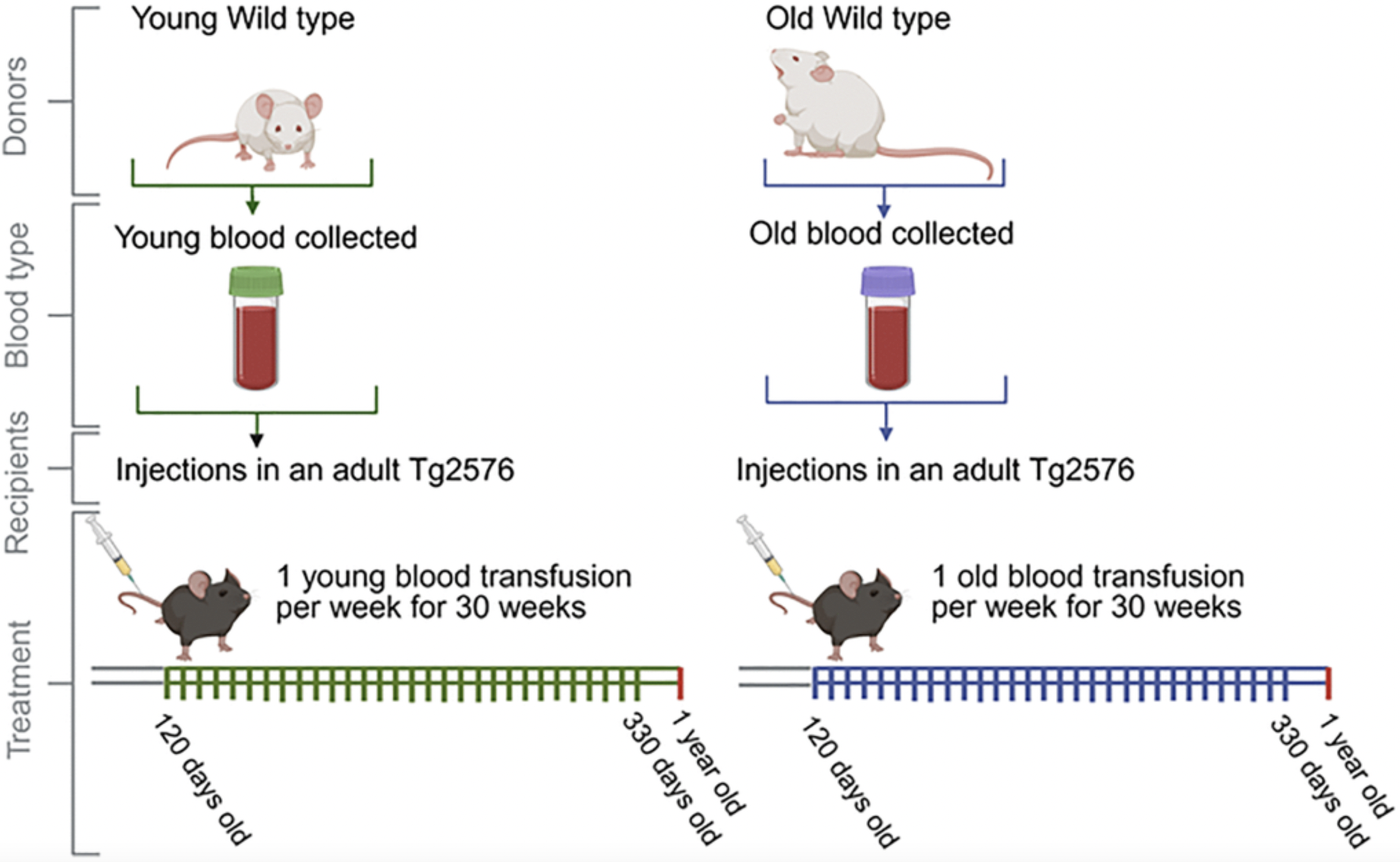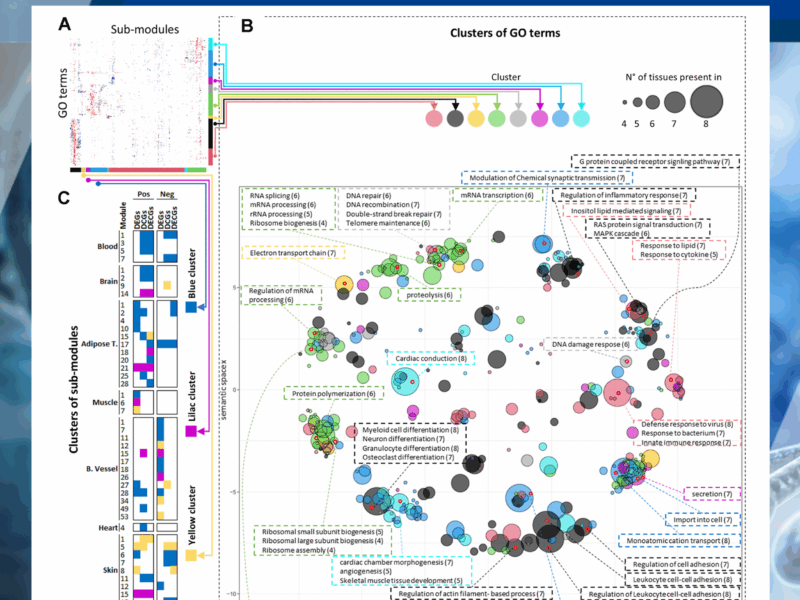Although transcriptomic changes are known to occur with age, the extent to which these are conserved across tissues is unclear. Previous studies have identified little conservation in age-modulated genes in different tissues. Here, we sought to identify common transcriptional changes with age in humans (aged 20 to 70) across tissues using differential network analysis, assuming that differential expression analysis alone cannot detect all changes in the transcriptional landscape that occur in tissues with age.
Aging-US Authors

A new research paper was published in Volume 17, Issue 11 of Aging-US on November 26, 2025, titled “Epigenetic aging signatures and age prediction in human skeletal muscle.”

A new research paper was published in Volume 17, Issue 11 of Aging-US on November 25, 2025, titled “A natural language processing–driven map of the aging research landscape.”

A new research paper was published in Volume 17, Issue 11 of Aging-US on November 18, 2025, titled “Epigenetic age predicts depressive symptoms during the COVID-19 pandemic in the Canadian Longitudinal Study on Aging: importance of biological sex.”

We are pleased to announce that we have officially joined ResearchGate, the professional network for scientists and researchers. This collaboration enhances the visibility, accessibility, and impact of research published in Aging-US among the global scientific community.

“Our findings indicate that the reported beneficial links between theobromine intake on health and ageing extend to the molecular epigenetic level in humans.” BUFFALO, NY

A new research paper was published in Volume 17, Issue 11 of Aging-US on November 14, 2025, titled “Methylglyoxal-induced glycation stress promotes aortic stiffening: putative mechanistic roles of oxidative stress and cellular senescence.”

A new research paper was published in Volume 17, Issue 11 of Aging-US on September 12, 2025, titled “Infusion of blood from young and old mice modulates amyloid pathology.”

A new research paper featured on the cover of Volume 17, Issue 11 of Aging-US was published on October 30, 2025, titled “SAMP-Score: a morphology-based machine learning classification method for screening pro-senescence compounds in p16 positive cancer cells.”

Senescence identification is rendered challenging due to a lack of universally available biomarkers. This represents a bottleneck in efforts to develop pro-senescence therapeutics – agents designed to induce the arrest of cellular proliferation associated with a senescence response in cancer cells for therapeutic gain.
